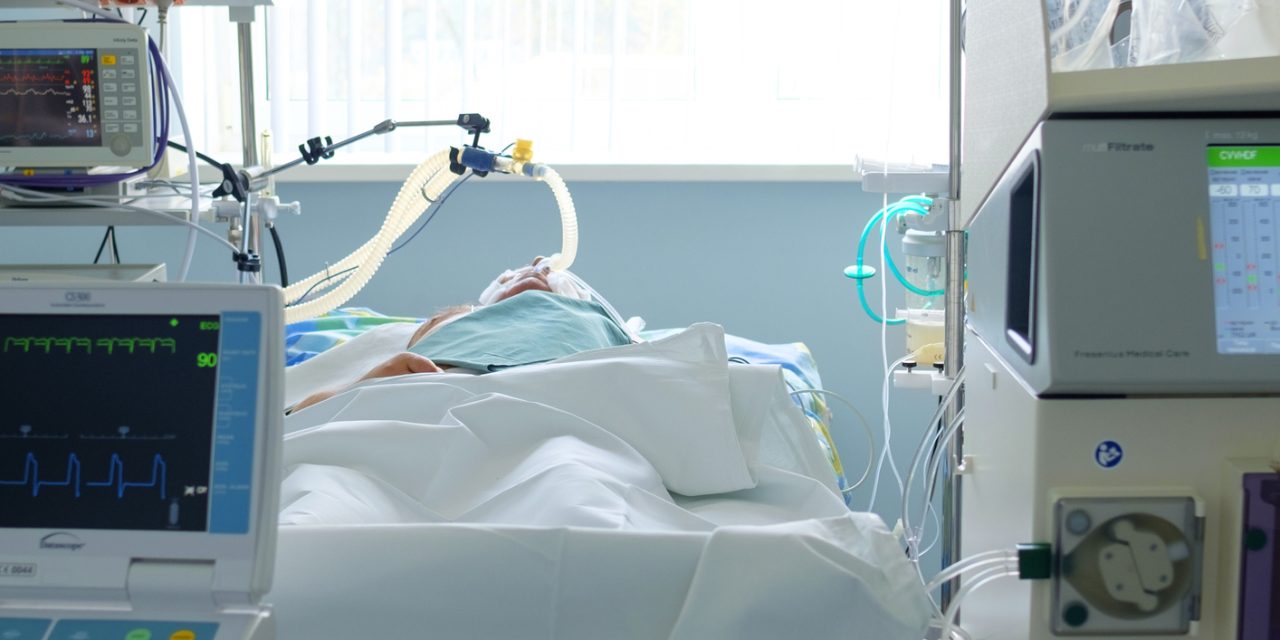Depression is the most common psychiatric comorbidity to be diagnosed following traumatic brain injury (TBI). In clinical populations, TBI-induced depression may be particularly difficult to treat due to both unique underlying causes and the propensity for treatment resistance. Preclinical assays are needed to characterize depressive-like behavior in models of TBI and evaluate treatments. In the current study, two traditionally-acute assays of depressive-like behaviors, the Forced Swim Task and Saccharin Preference, were extended longitudinally to evaluate chronic TBI-induced depressive-like behaviors in male rats. Two chronic measures of motivation, the Progressive Ratio (PR) task and Effort Discounting Task (EDT), were also tested. The PR measures motivation to exert effort, while the EDT parametrically evaluates choice between low- and high-effort requirements. The EDT was the only assay which captured chronic depressive-like behavior after TBI, albeit with a degree of recovery over time. We found that traditionally-acute measures (Forced Swim Task, Saccharin Preference), and even our other chronic measure (PR), failed to capture long-term deficits. We also challenged serotonin and dopamine systems (via fluoxetine and bupropion) to evaluate how TBI-induced changes to these systems might drive depressive-like behaviors. Although we found no effect of fluoxetine, high-dose bupropion differentially impaired TBI rats. These findings suggest that (1) TBI-induced depressive symptoms remain difficult to measure at the preclinical level, (2) treatment for TBI-induced depression requires further exploration, and (3) obstacles at the preclinical level may translate to treatment failure at the clinical level.Copyright © 2020. Published by Elsevier B.V.
Choice-based assessments outperform traditional measures for chronic depressive-like behaviors in rats after brain injury.


